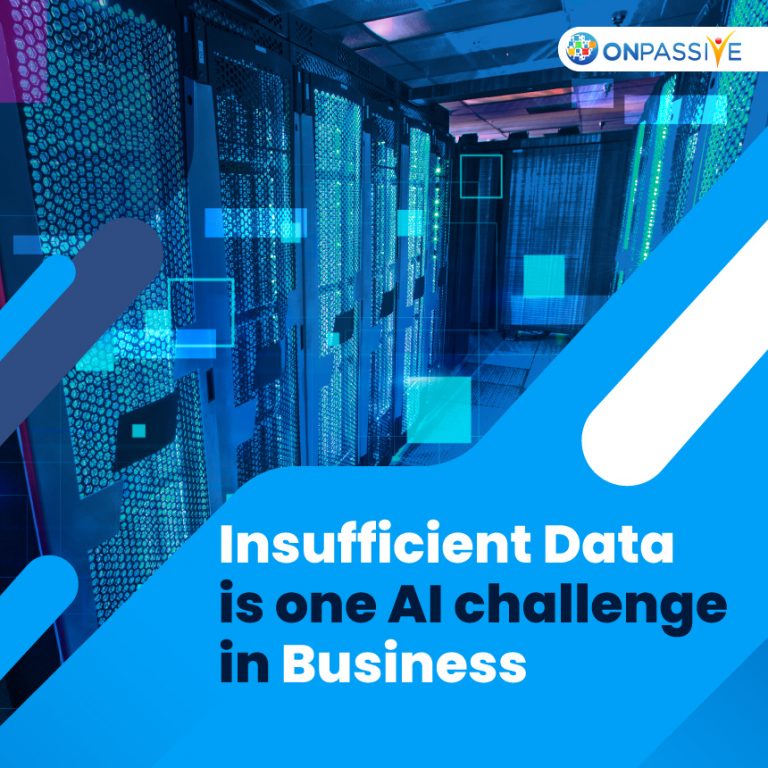
Many sectors are now driven by breakthroughs in technology such as deep learning, machine learning, artificial intelligence, and other fields. As per a survey conducted in 2019, businesses used AI at a rate of approximately 37% in 2019. In only four years, there has been a 270 per cent growth in AI installations.
Since last year, artificial intelligence has been heavily used to combat the spread of the Covid19 virus. Many healthcare companies are adopting artificial intelligence (AI) for medication research, detecting the danger of Covid19 outbreaks, and providing service to patients. Modern conversational tools and AI technologies have enabled numerous firms to operate remotely and meet client requests without delay.
How To Implement AI In Business And How To Overcome Them
AI might revolutionise manufacturing, healthcare, space exploration, and more. At an incredible rate, AI is expanding in importance and becoming increasingly popular. In response to AI’s rising popularity, several firms have begun to invest in creating and studying diverse AI-powered applications, such as robots and autonomous automobiles.
But it’s also crucial to remember that AI still has a long way to go. As most organisations strive to incorporate artificial intelligence, they encounter the following problems.
● Systems In Place
Several IT processes are performed by businesses using legacy infrastructure, software, or devices. The task of updating everything at once is a difficult one. This legacy infrastructure is frequently viewed as a barrier to implementing machine learning or artificial intelligence. However, cloud computing, or more precisely hybrid cloud computing, has helped to alter the status quo. When a company utilises a hybrid cloud, it has both local and cloud-hosted IT infrastructures. This is becoming more prevalent.
It’s not necessary to update the complete IT infrastructure in order to use artificial intelligence and machine learning. Cloud computing for data analysis and artificial intelligence is required. When utilised in a hybrid context, modern “Data Lake” technology works well with local operating systems and the cloud for analysis. It’s also crucial to bear in mind that cloud solutions integrate upgrades and new features automatically, which leads to fewer erroneous setups as well as security vulnerabilities and incompatibilities.
● Insufficiently Skilled Workers
AI and machine learning are now plagued by a skills deficit, which makes it difficult to fully exploit their potential. People throughout the organisation should have the chance to participate. You can easily locate folks that are interested in artificial intelligence and want to learn more.
A creative culture can only flourish in an atmosphere that is conducive to its growth and development. Assuring that people have time to investigate and experience new ideas is one way to improve cooperation.
● Absence Of Senior Management Support
When adopting AI for the primary stakeholders, keep in mind that your audience and their priorities must be considered. Technological and operational aspects tend to be of little importance to decision-makers in the majority of cases. Rather, they are concerned with the larger corporate goals and how soon they may be reached. More beneficial than a “big picture” is specific and practical use cases, as well as a predicted return on investment. If you can back up your argument with statistics and analytics of any kind, all the better.
● Develop A Coordinated Data AI Strategy
It has come to my attention that while dealing with customers, data science initiatives often get isolated. This makes it harder and less probable that initiatives will survive through the pilot stage. To show a strong and scaleable AI strategy is crucial.
Upon completion of the AI platform, new models may be built and new areas of operation can be incorporated more quickly, accelerating AI adoption across the whole company.
● Lack Of Business Understanding
Within the organisation, the Artificial Intelligence or Machine Learning team must be readily identifiable. To clarify the AI strategy and objectives, regular presentations and seminars are essential. This job includes describing how the trip works, your part in it, and doing all in your power to get folks on board with the journey.
AI’s impact on the work economy is causing some anxiety. It’s a good idea to show coworkers that AI may be used to their advantage, not to replace them. Using the 4-day work week as an example, Most people would embrace this, and AI can assist us in getting there. According to recent research, however, artificial intelligence is expected to produce thousands of new employment.
Conclusion
To grasp how AI works, businesses will need to acquaint themselves with the technology beforehand. You will begin to notice these problems when you develop an AI strategy for your organisation. Implementing AI in a step-by-step and strategic manner will ease the procedure to some extent.
Talk to ONPASSIVE experts about how AI can improve your company operations, increase employee and customer satisfaction, and accelerate growth.


